India boasts a stunning array of diverse landscapes and habitats that support 8 per cent of the world’s biodiversity. Of the approximately 12 million species of plants and animals on our planet, more than 800,000 are in India. However, species officially discovered and catalogued amount to only 190,000, leaving a majority of them unidentified, particularly in regions such as Western Ghats, the Eastern Himalayas in northeast India, the Eastern Ghats and the Deccan Plateau.
Over the years, ATREE researchers have discovered and rediscovered almost 100 species across a range of taxonomic groups. These discoveries have led to better understanding of biodiversity, habitats and the interactions between ecosystems and communities across the country, strengthening conservation efforts and contributing to informed policy changes.
Plant Phenology
To understand the regeneration, growth and reproduction of trees in the Western Ghats, ATREE initiated the long-term monitoring of vegetation and plant phenology in the wet forests of Kalakad-Mudanthurai Tiger Reserve (KMTR) in 1990, and in the BRT Tiger Reserve in 2000. Since then, in KMTR, we have been monitoring over 750 trees belonging to 70 species every month. In addition to trees, we also monitor wetland birds, bats, moths and fishes at various locations.
Raptors Migration
Harriers are migratory birds of prey (raptors) that roost in tall grasslands across India and are highly impacted by grassland loss. Our monitoring efforts attempt to identify the roosts, population of harriers and their prey, and track how the birds move across the subcontinent and over Central Asia to reach their breeding grounds.
Habitats
ATREE has been actively involved in collecting landscape data in and around protected areas to inform further studies and conservation efforts. These outputs enable better understanding of the relationships between ecosystems and human activities. Some of these studies have been based in the Tirunelveli region, the Banni grasslands, and the Darjeeling Hills.
Species
Researchers from ATREE have studied the distribution, population dynamics and behaviours of various species, across different landscapes, to generate invaluable inputs for policymakers and conservation managers to create management strategies. Some of the threatened species we have worked on are White Bellied Heron, Red Panda, Pangolin, Hornbills, among others.
Primate Behaviour
ATREE researchers analyse the spatio-temporal use of different taxa ranging from large mammals to butterflies. This research has led to better understanding of human-wildlife interactions, and the dynamics of habitat use and species adaptations to human modified landscapes. The studies, so far, have been focused on large mammals, carnivores, and primates.
Edible Insects and Molluscs
ATREE researchers have been exploring ways to tap the potential of insects as important bioresources that could help meet the nutritional requirement of communities in northeastern India. Our study on edible snail species reveals that people in the region consume 12 of the species.
Non Timber Forest Products
ATREE has been focusing on strategies promoting co-management and sustainable harvest of forest resources and development, thus helping to conserve the Non-Timber Forest Product (NTFP) species with the participation of local communities. Long-term monitoring, the conservation of species at the genetic level and sustainable use are some key objectives.
Medicinal Plants
Conservation of highly traded and threatened medicinal plants in the central Western Ghats by identifying high-yielding lines of prioritised species, developing a bank of high-yielding clones and mass propagating the validated clones and progenies. The effort is to standardise methods for intensive cultivation and sustainable ways of extraction.
Wild Food Plants
ATREE has been chronicling the use of wild edible plant species in the MM Hills region since 2009. The motivation for this study came through interactions with the community, which time and again returned to the subject of disappearing species of use. An inventory of wild plants traditionally used by these communities lists 92 wild plant species belonging to 68 genera spread across 38 families.
Three years into the UN Decade on Ecosystem Restoration (2021-2030), ecosystem restoration has been recognized as a means to combat climate change, prevent mass extinction, and alleviate poverty. There is consensus that ecosystem restoration needs to be scaled up in order to achieve objectives of all the major global climate related conventions. ATREE’s restoration efforts focus on forest landscapes, agricultural lands, riverine ecosystems, open natural ecosystems and lands impacted by invasive species. For each of these ecosystem types, we have prioritised interventions that address degradation, enrich biodiversity and improve carbon sequestration such that it generates multiple benefits to people, especially women, the environment and the economy. Our focus on restoration seeks to reverse ecosystem degradation in a manner most suitable to the local ecologies of landscapes and the needs of their people and biodiversity.
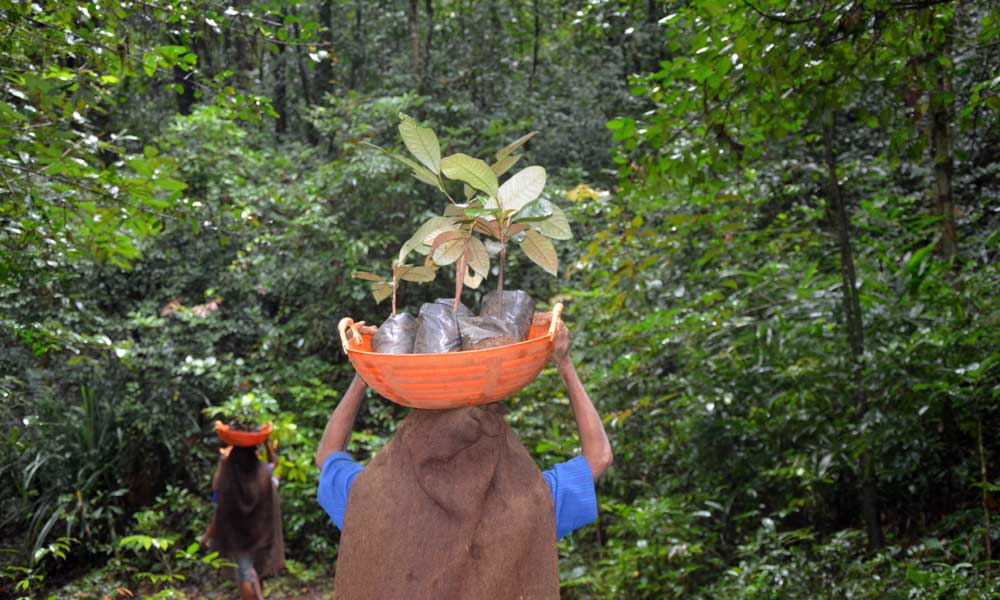
ATREE’s decade-long research in forested areas has focused on invasive species that threaten biodiversity and ecosystem functioning. Research on processes such as soil seed bank ecology and lantana-frugivore interactions have vital management implications and could help us pinpoint the actual mechanisms of lantana’s success. ATREE researchers are examining options for restoring native species to regenerate the areas where lantana has been removed to maintain forest cover and rejuvenate forested areas.
India remains a largely agricultural country. Restoring the functional biodiversity in degraded agricultural lands is a key strategy for sustainability and reversing the loss of the services offered by such biodiversity. ATREE has conducted pilot studies to assess biodiversity in regions with poor soil fertility and understand the domino effect on the health of the local environment, agriculture-based livelihoods and the well-being of the people. We are working on promoting climate-smart agricultural practices such as vermicomposting, farmyard manure generation (composting), bio-pest control, cover cropping, mulching, terrace management, inter-cropping and multi-cropping.
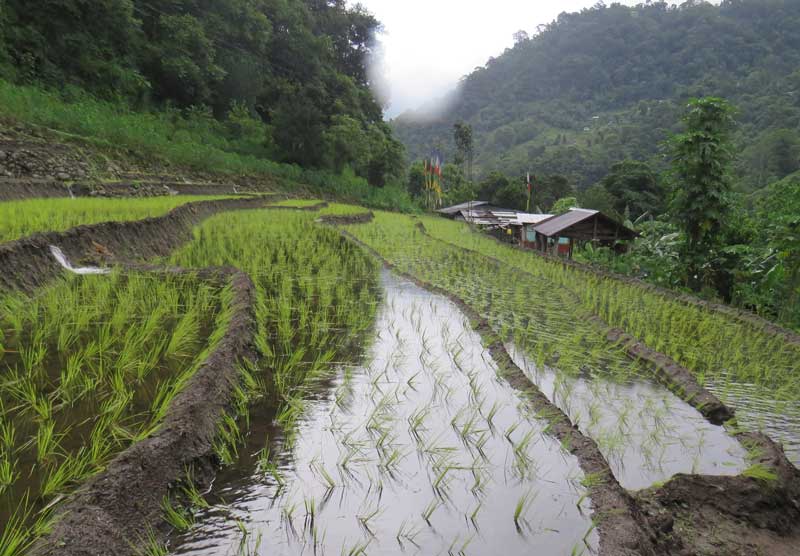
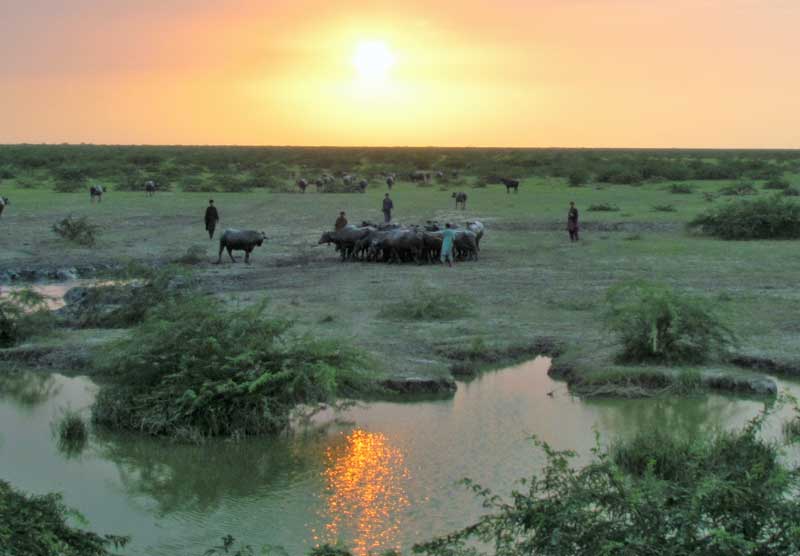
For decades, India’s grasslands and savannahs were not considered important enough to be conserved. Even today, a large part of the grasslands continue to be considered “wastelands”, although this picture is slowly changing. We are partnering with local NGOs to build an advocacy strategy to influence the policy around wastelands, identify large grasslands that must be prioritised for conservation and work on restoration pilots in multiple states.
Freshwater ecosystems
We focus on restoring and conserving freshwater ecosystems for the long-term sustainability of aquatic bioresources and the livelihoods of local communities. Our overarching goal is to restore the freshwater ecosystems to build climate resilience, maintain water quality, enable conditions for native biodiversity to thrive, enhance multiple ecosystem services to local stakeholders and impart climate literacy. We are working closely with a range of government and non-government stakeholders to develop nature-based solutions that can enhance the services provided by these ecosystems.
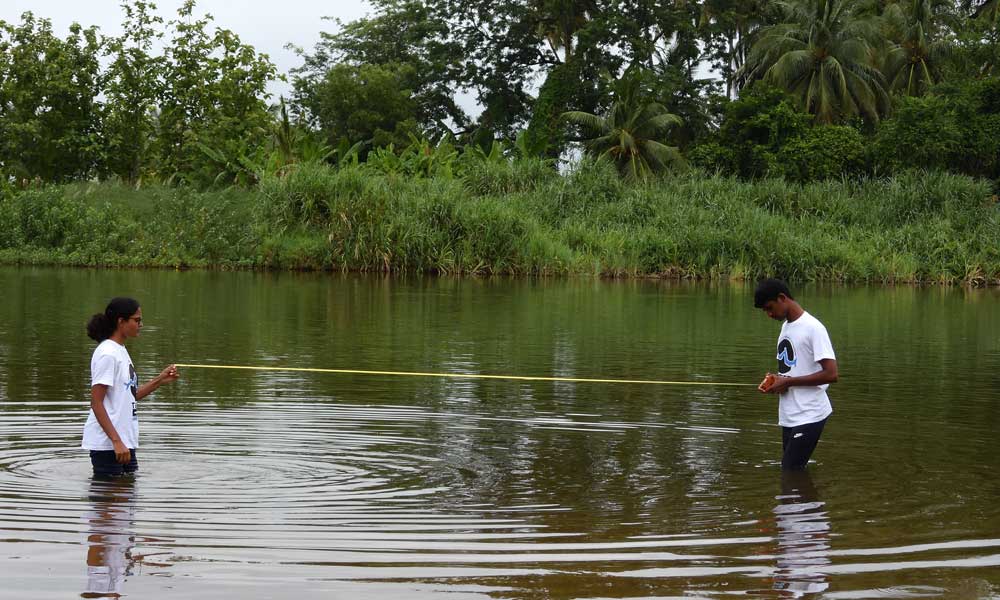
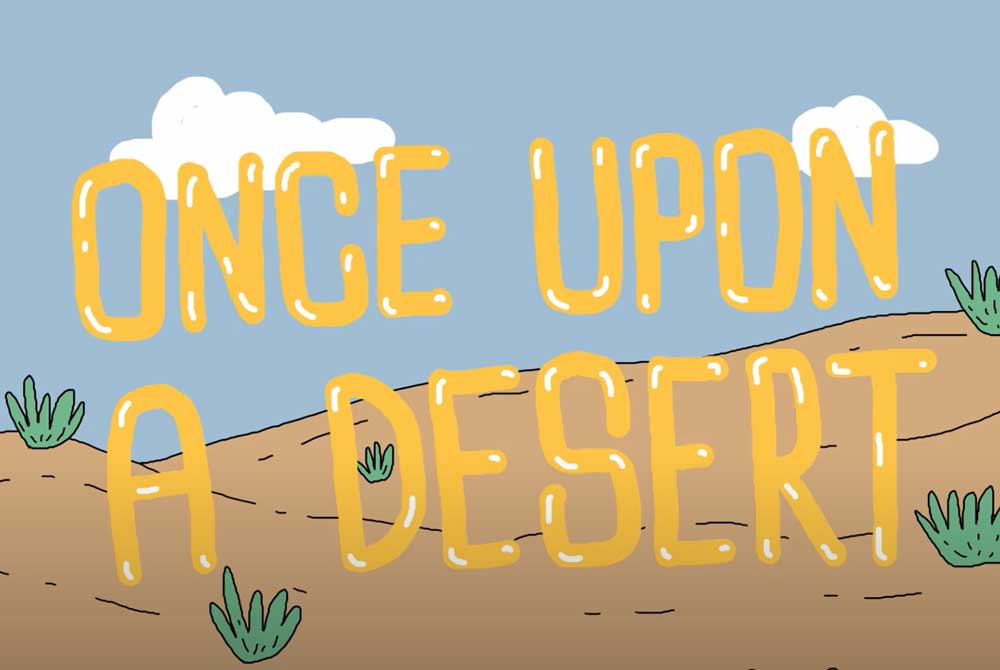
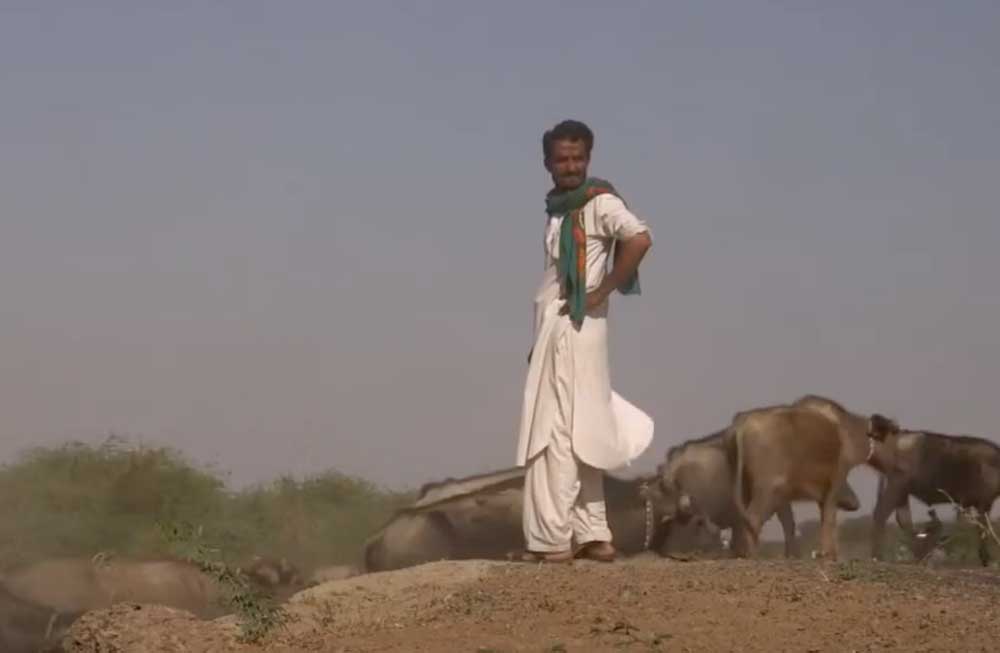
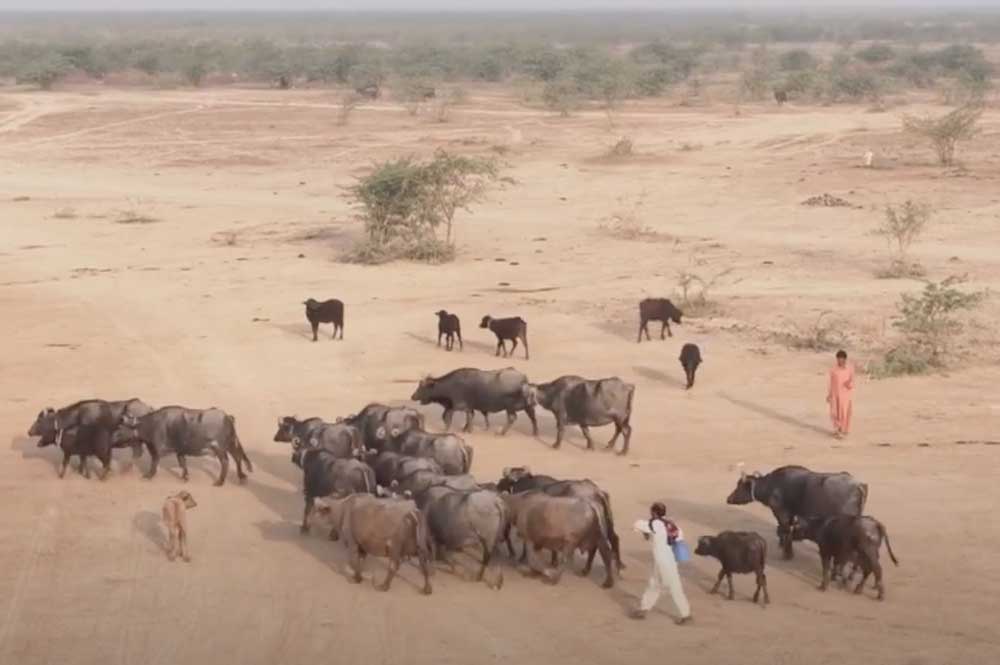
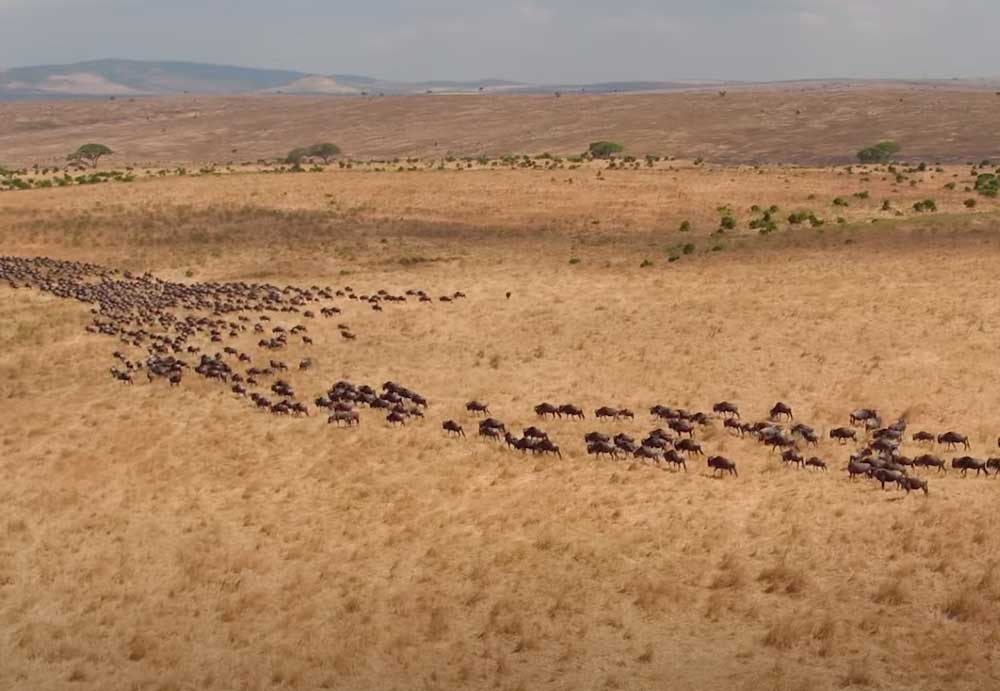
The urgent need to minimise the negative impacts of climate change on human and natural systems aligns with various international agreements, including the Global Biodiversity Framework 2030 and the Koronivia Joint Work on Agriculture. ATREE’s adaptation research responds to this need by building climate resilience for agricultural communities and biodiversity through intensive site-based research. We design, monitor and evaluate strategies, action plans and policies and promote the use of nature-based solutions and ecosystem-based approaches. The solutions we propose aim to be effective and equitable and can provide multiple co-benefits to achieve positive impacts of climate action.
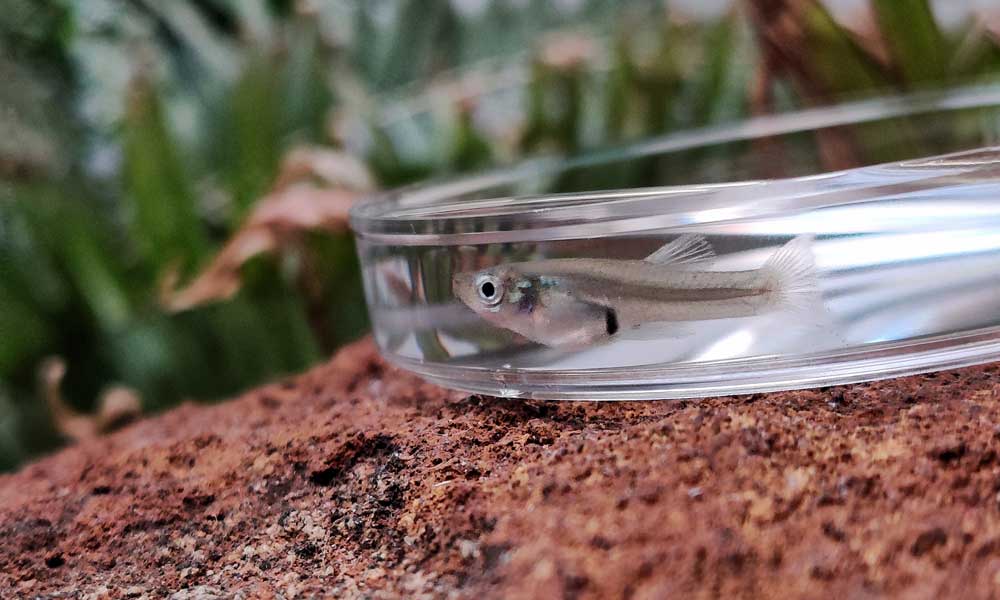
Species adaptation is a crucial aspect of climate research, involving the use of diverse ecological niche modelling tools for climate prediction and analysis. Understanding the potential impacts of climate change on flora and fauna is essential in devising effective adaptation strategies. ATREE maps and predicts the distribution of endangered and economically important species as well as invasive species to develop sound conservation and management strategies. Some species being worked on include medicinal plants such as Coccinium fenestratum, Embelia ribes, Saraca asoca and invasive species such as African Giant snail, Gambusia, Lantana.
Changing rainfall patterns and increasing temperatures exacerbate water scarcity leading to depleting groundwater levels. ATREE aims to increase accessibility and awareness of local food species among consumers to help sustain markets for farmers and nutrition uptake among communities. We also work with communities to bring back use of traditional crops, knowledge systems to improve climate resilience and ensure farmer livelihoods. We also address challenges in climate-resilient agriculture, sustainable water management, land conservation practices, and promoting farmer welfare programs.

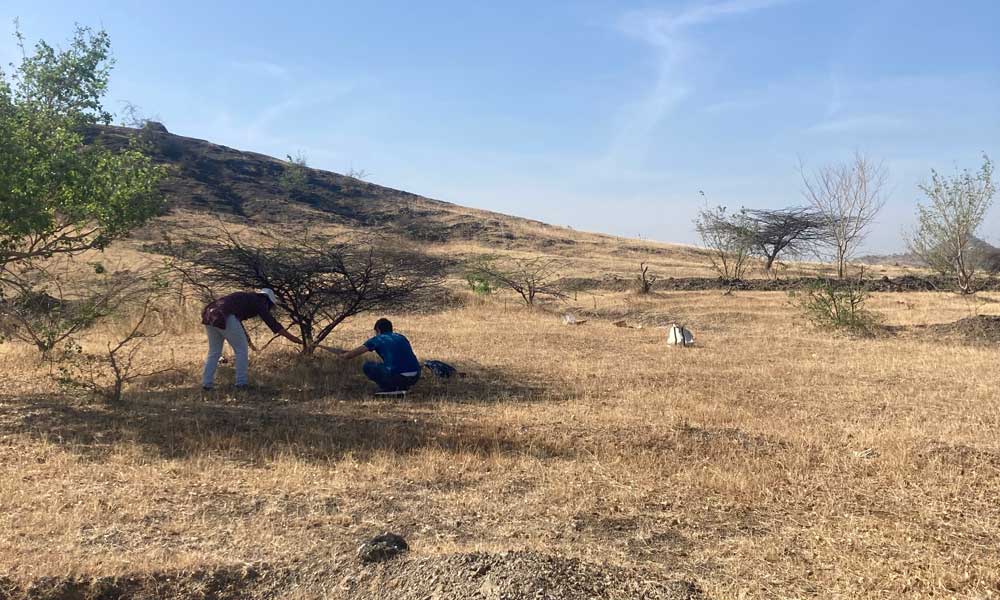
Healthy soils deliver enormous benefits to people and nature – they can better retain water during droughts, reduce erosion during heavy rainfall events, and support more robust plant growth. Carbon-rich soils also play a significant role in the global carbon cycle by acting as a carbon sink. ATREE undertakes research to better understand soil carbon stocks and fluxes in natural and human-dominated ecosystems across India. Our efforts are crucial to develop and deploy effective land management strategies which promote healthy soils and enhance carbon sequestration through undertaking pilots, supporting soil monitoring campaigns and evaluating environmental policies, therefore building climate resilience.
